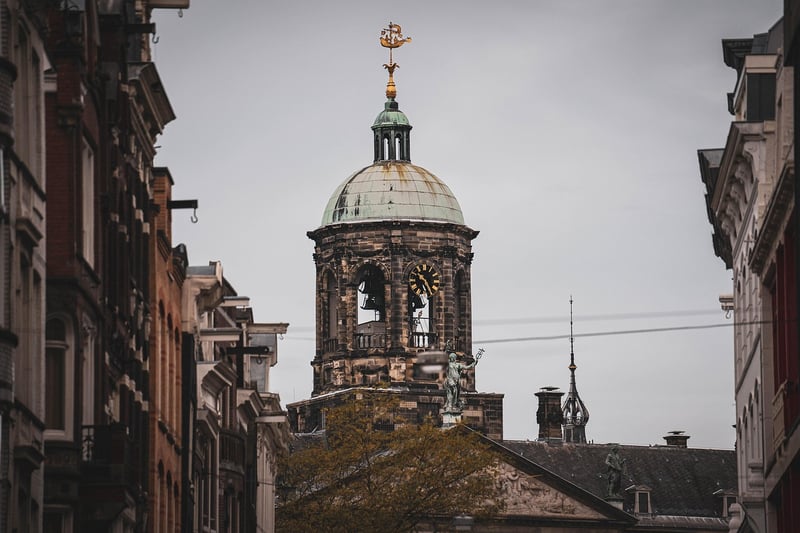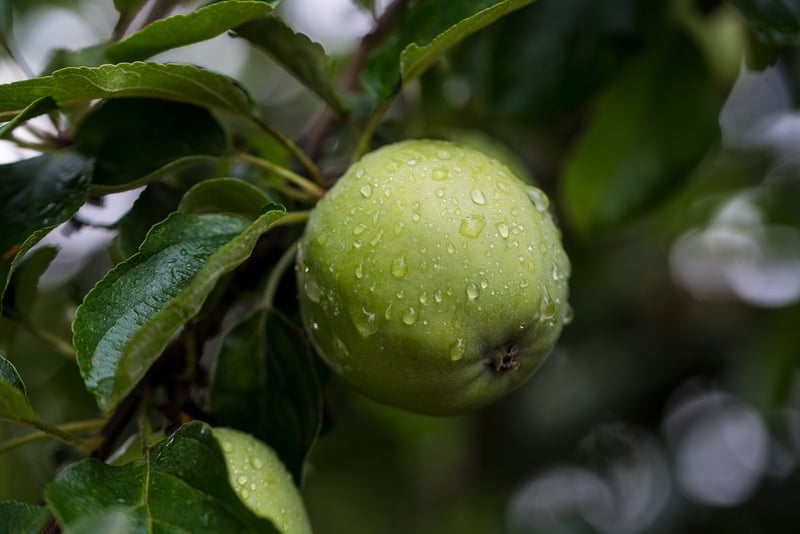Edible Landscapes
Growing Food in the City: Exploring Edible Landscapes
In urban environments where green spaces are limited, creating edible landscapes can offer a sustainable and rewarding solution. Edible landscapes integrate food-producing plants with ornamental ones, transforming traditional gardens into both visually appealing and productive spaces.
Benefits of Edible Landscapes:
- Access to fresh, organic produce
- Reduction of carbon footprint by growing food locally
- Enhancement of biodiversity by attracting pollinators
- Creation of community engagement and education opportunities
Designing Your Edible Landscape:
When planning your edible landscape, consider the following:
- Choose a variety of food plants that thrive in your climate
- Integrate herbs and edible flowers for added visual interest
- Utilize vertical space with trellises or vertical planters
- Incorporate fruit trees and bushes for a long-term yield
Examples of Edible Landscapes:
From rooftop gardens to community orchards, edible landscapes come in various forms. Here are some inspiring examples:
Rooftop Gardens:
Rooftop gardens utilize underutilized space to grow a wide range of fruits, vegetables, and herbs. They also provide insulation, reduce heat absorption, and mitigate stormwater runoff.

Vertical Gardens:
Vertical gardens are ideal for small urban spaces. By growing plants upwards on walls or trellises, they maximize growing area while adding a green aesthetic to buildings.

Community Orchards:
Community orchards bring people together to cultivate fruit trees and share in the harvest. These spaces foster a sense of community while providing fresh, locally grown fruit.

By embracing edible landscapes, urban dwellers can not only grow their own food but also contribute to a greener, more sustainable future.
Start planning your edible landscape today and reap the benefits of a bountiful harvest right at your doorstep!
